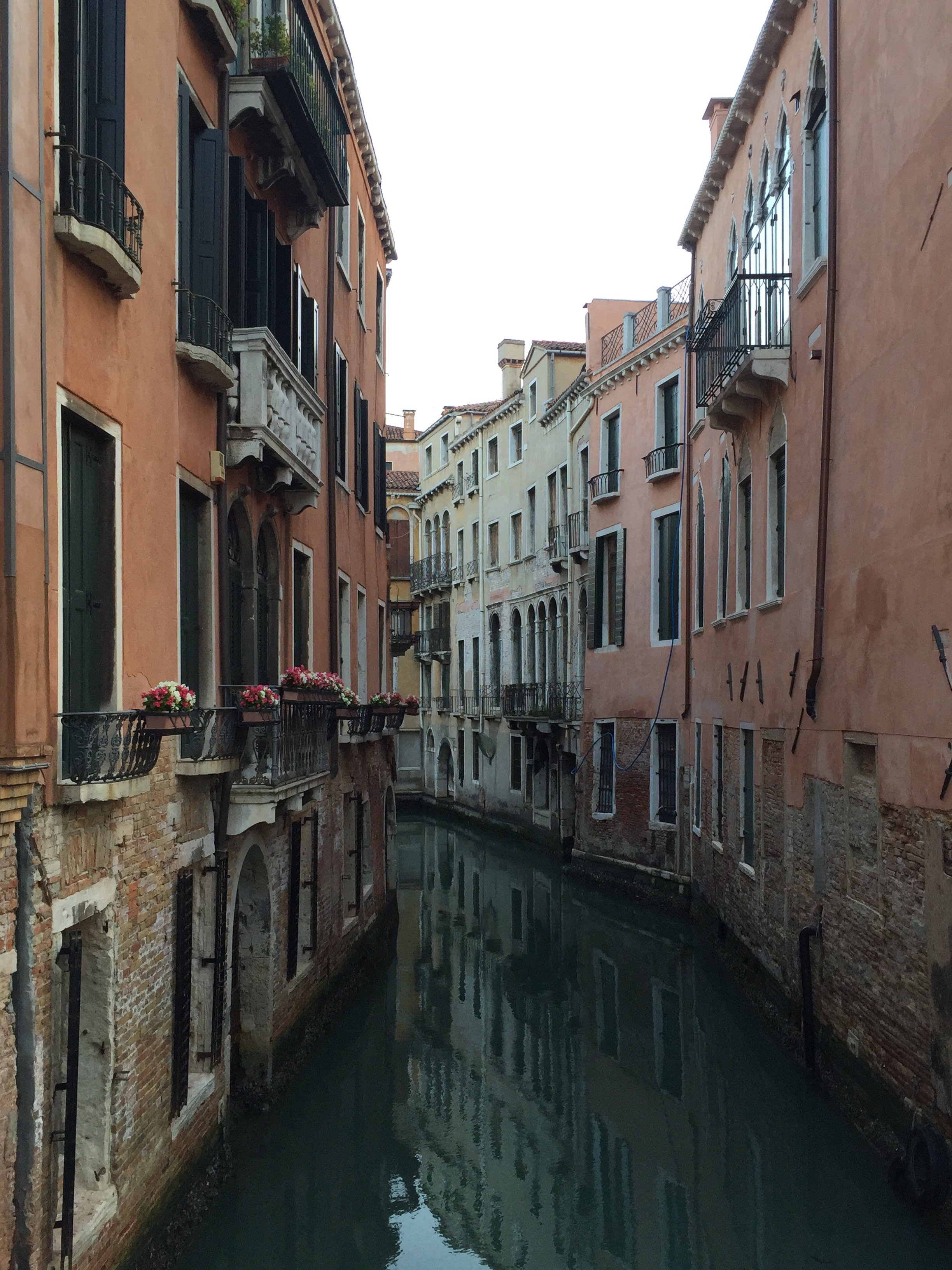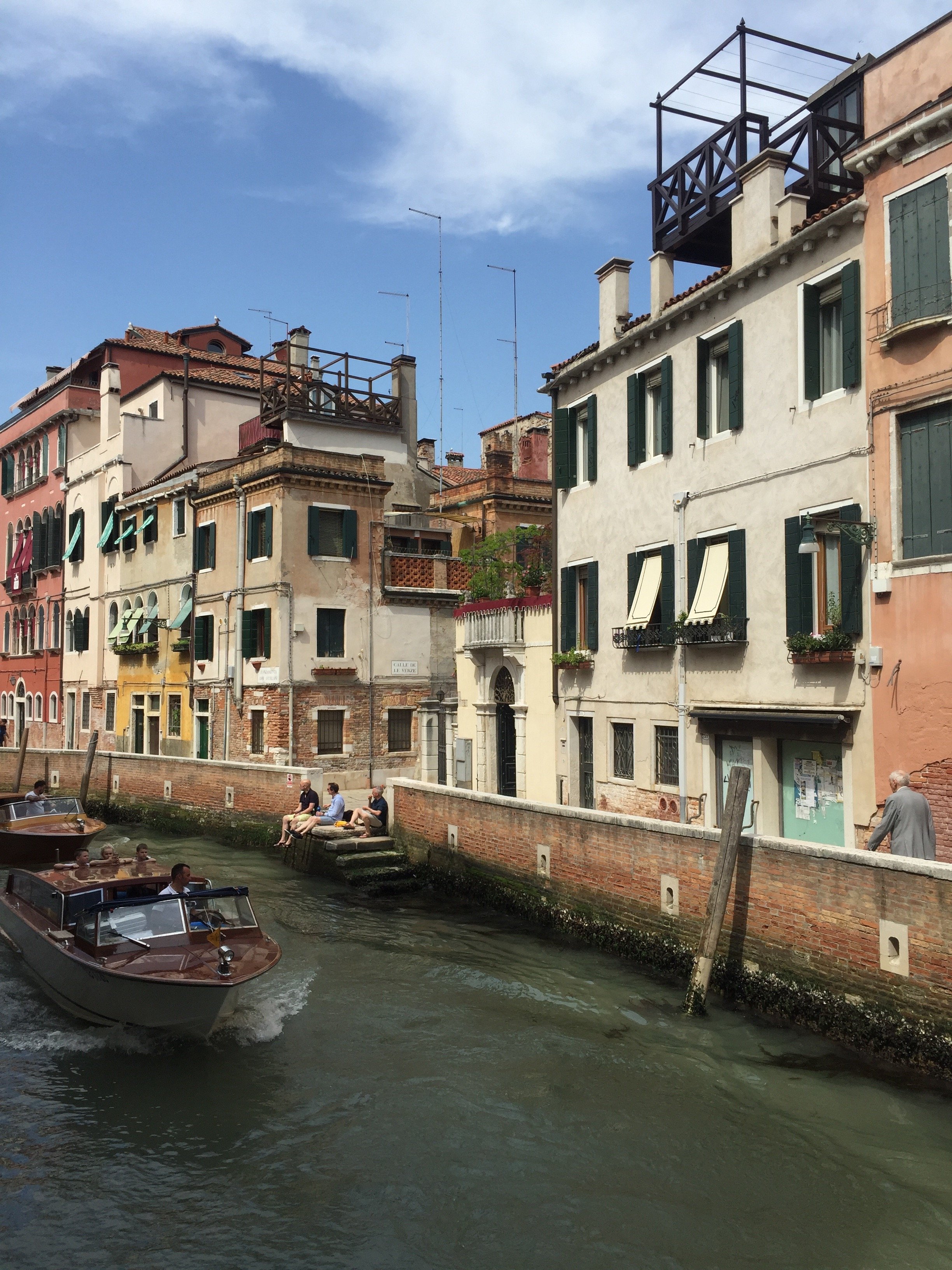Where To Go In Rome
I’m not surprised by how crowded Rome is these days even though we’re months away from the height of the high season. My friends who work in hospitality here tell me that hotels are booked solid until November (!) with August pretty available. More restaurants and cafes are staying open during August in the Historic Center now. However, I still don’t recommend Rome in August, especially if it’s your first trip. It’s too hot and the locals who don’t work in tourism/hospitality clear out. Did I mentioned how hot it is?
I’m receiving so many emails and DMs regarding where to go/what to do in Rome. I wrote a post where to eat HERE and where to drink HERE.
Below are my suggestions:
The Galleria Villa Borghese. This is the museum I suggest people go to if they don't have time to visit the Vatican Museum (or even if they do). It's small. There’s a two hour limit. You have to make reservations and can do so online. The permanent collection is fantastic. It’s in a beautiful villa in one of Rome’s prettiest parks. I recommend spending time in Villa Borghese Park too.
Museum Palazzo Altemps - near Piazza Navona, unless a student group is on a field trip, this museum is rarely crowded. Tiny but interesting. Wrote about it HERE.
Outside of the Centro Storico is Montemartini. Very unique space. Wrote about it HERE.
Another favourite (and often overlooked) museum is Galleria Doria Pamphilj - get the audio tour. It’s narrated by a member of the family.
Museo dell Ara Pacis - The exhibits change but the altar created for Augustus, 9 BC, is upstairs. The building, designed by architect Richard Meier, was quite controversial as it’s one of the few newish/modern buildings in that area and people said it looked like an air conditioning unit.
Capitolini Museum - One of the oldest museums in the world, you will find a lot of history and pieces from Ancient Rome. The views from Piazza del Campidoglio, and the cafe of the museums, are great. This is where City Hall is located.
There are over nine hundred churches in Rome, some favorites:
San Clemente - it's worth the fee to go down to the ground level to see relics from when it was a pagan temple
Santa Maria del Popolo - the Caravaggios
Santa Maria in Trastevere - the mosaics
San Luigi dei Francesi - this is the French Catholic church in Rome. More Caravaggios
Santa Cecilia in Trastevere - located on the quieter side of Trastevere
Sant’ Agnese - in Piazza Navona
Santa Maria in Maggiore Basilica - that ceiling
Saint Peter's Basilica - note, there can be long security lines
San Carlino alle Quattro Fontane - this small church is a Borromini masterpiece and many people walk right by it
Sant’Ivo alla Sapienza - another Borromini masterpiece. Sometimes there are free concerts in the courtyard
Basilica Santa Anna Maria in Ara Coeli - located next to Piazza del Campidoglio (there are a lot of steps) this church is the church of Rome, Senatus Populusque Romanus. I went to a midnight Christmas Mass here and it was very moving.
Not a church but a cemetery. Cimitero Acattolico, also known as the Protestant Cemetery, is where many famous poets, artists, writers, etc., who were not Catholic and/or Italian are buried. The grounds are beautiful. Shelley himself said so and he was buried here after he drowned in the Bay of Lerici.
Of course:
The Trevi Fountain - gets crowded... go very early or late
Piazza Navona - the Bernini fountain!
Piazza Farnese - it’s very close to Pz Navona. Palazzo Farnese is the French Embassy and there are two pretty fountains in this piazza.
Views from the Giancolo HIll - The fountain is breathtaking too
Doria Pamphilj Park - Along with Villa Borghese, this is one of the largest parks in Rome
The Pantheon - get there early or before the cruise ship lines.
The Colosseum/The Forum - It’s a good idea to get a guided tour, especially for the Forum
The Old Jewish Quarter - Second only to Venice, this is one of the oldest Jewish communities in the world. Of the 1023 citizens deported to Auschwitz, only 16 survived. Keep an eye out for the Sampietrini stones covered with a brass plates with their names in front of their homes. This is where the infamous Turtle Fountain is located.
The View from the top of the Spanish Steps - on a clear day it’s quite pretty and I love the Bernini fountain at the bottom of the steps in Piazza di Spagna
Interesting neighborhoods outside the Centro Storico:
EUR - for the history and fascinating architecture. Read more HERE.
Garbatella - read more HERE.
Walk along Via Appia Antica. Car traffic is limited on Sundays to the few people who live on the Appia. Read more HERE.
SHOPPING:
Check out the stores on Via Babuino (high end) and in Monti (mid-to high). Both streets have clothing and design stores.
For design, Via Margutta has some great shops, like the store BLEND (which changed its name from Flair).
Chez Dede on Via Monserrato is wonderful and one of my favourite stores in Rome. The whole street is great for shopping.
Many of the international luxury brands, Prada. Gucci, etc. are on Via Condotti and its side streets.
La Biennale Venice - 2018
My friend Erica invited me to join her on a press trip for the preview of the 16th Architecture Biennale. I haven't been to any of the Biennale. I follow the art, cinema, and architecture ones on social media but it's not the same. My first (and last) trip to Venice was twelve years ago, late November. Even during off-season, the crowds in the Piazza San Marco area were quite large. The experience did not prepare for last week. More on that later.We were in Venice for only two days/one night. I would love to return to see the Pavilions I missed. Erica has a great write-up on her Instastories.Normally, we'd take a train from Rome but we had to get there in time for the press conference so we placed on a 7:00 am flight. A private boat picked us up. Not a bad way to enter the city. We had a few minutes before the press conference and met the other journalists/architects and their guests. It was a small group, only twelve of us, half were from Milan. Our hosts were wonderful and, my fellow Americans will feel me on this, I couldn't get over how organized everything was. One of the hosts flew from Milan to Rome to meet us on the flight to make sure things were on point.The theme this year is Freespace. The curators are architects Yvonne Farrel and Shelley McNamara of Grafton Architects.
My first (and last) trip to Venice was twelve years ago, late November. Even during off-season, the crowds in the Piazza San Marco area were quite large. The experience did not prepare for last week. More on that later.We were in Venice for only two days/one night. I would love to return to see the Pavilions I missed. Erica has a great write-up on her Instastories.Normally, we'd take a train from Rome but we had to get there in time for the press conference so we placed on a 7:00 am flight. A private boat picked us up. Not a bad way to enter the city. We had a few minutes before the press conference and met the other journalists/architects and their guests. It was a small group, only twelve of us, half were from Milan. Our hosts were wonderful and, my fellow Americans will feel me on this, I couldn't get over how organized everything was. One of the hosts flew from Milan to Rome to meet us on the flight to make sure things were on point.The theme this year is Freespace. The curators are architects Yvonne Farrel and Shelley McNamara of Grafton Architects.
After the press conference we walked over to Local, which was fantastic. It's owned by siblings Benedetta and Luca Fillun and used to be an electrical shop. I spoke more Italian in a day than I have in probably two months.We returned to the Arsenale for a guided tour of the Corderie. From there we were able to see a few pavilions before going to the hotel to check in. My favorite pavilions were the Kosovo, Canada, Italy, Bahrain, Italy, and Croatia Pavilions. I wish I had more time to spend in each one.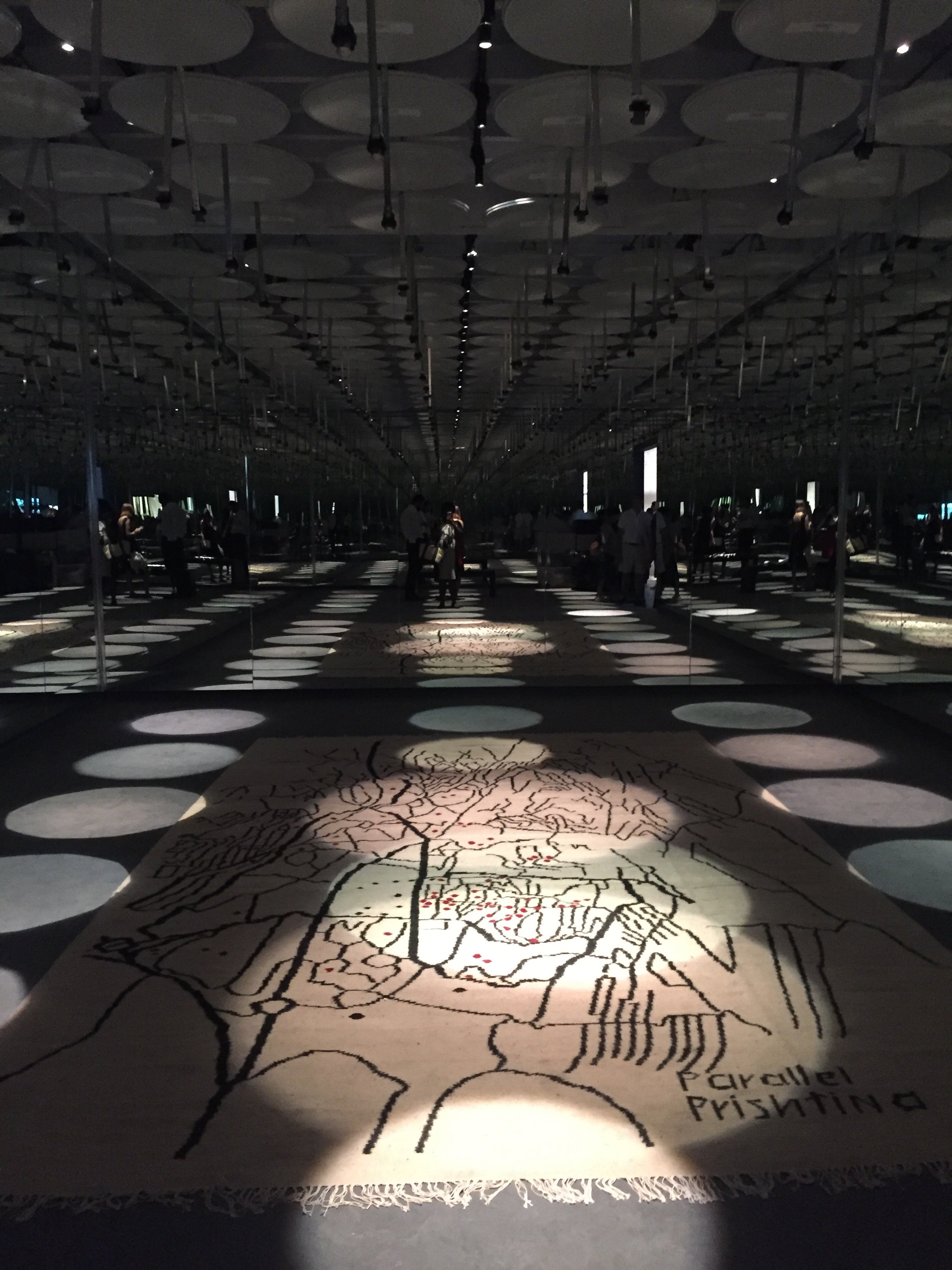 Erica and I decided to walk toward Piazza San Marco instead taking the boat. I was NOT READY. Remember, I've never been to Venice during high season. The crowds were on another level. I keep reading about the crowd situation but it's another thing to experience it. 28 million tourists visit Venice a year. Only 55,000 people live in Venice full-time, down from 175,000 post WWII, with around 2000 leaving every single year. AirBnB has pushed the rents sky high, and mass tourism from mega cruise ships turn streets into packed corridors during the day and desolate at night. I don't know what the answer is but this type of tourism is not sustainable.We stayed at the Bauer Palazzo and I was happily surprised to see that we had a terrace. The service was impeccable. It could be because we were with a group of journalists and architects.
Erica and I decided to walk toward Piazza San Marco instead taking the boat. I was NOT READY. Remember, I've never been to Venice during high season. The crowds were on another level. I keep reading about the crowd situation but it's another thing to experience it. 28 million tourists visit Venice a year. Only 55,000 people live in Venice full-time, down from 175,000 post WWII, with around 2000 leaving every single year. AirBnB has pushed the rents sky high, and mass tourism from mega cruise ships turn streets into packed corridors during the day and desolate at night. I don't know what the answer is but this type of tourism is not sustainable.We stayed at the Bauer Palazzo and I was happily surprised to see that we had a terrace. The service was impeccable. It could be because we were with a group of journalists and architects.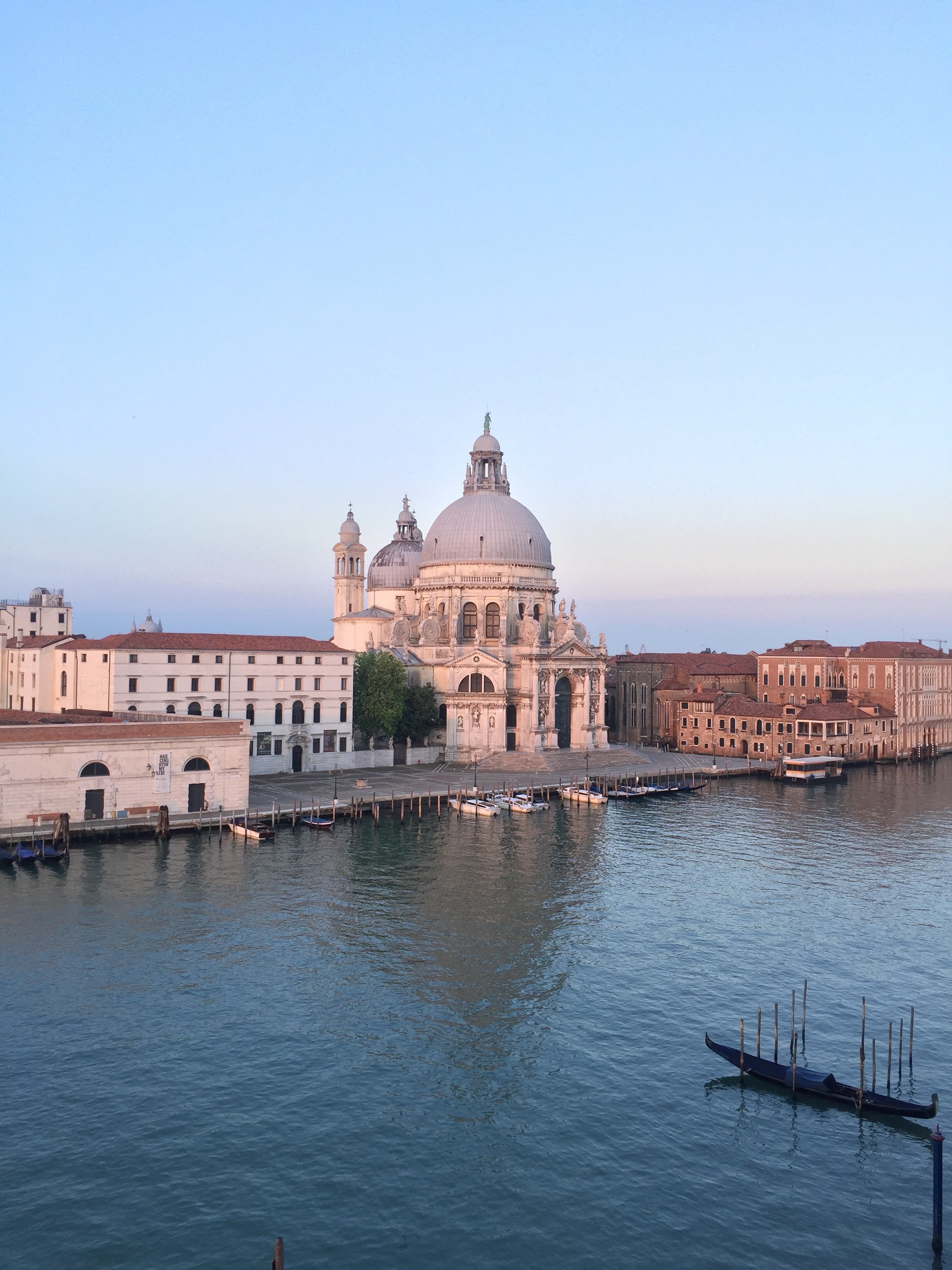 As we unpacked and got ready for aperitivi I noticed a chic terrace, a floor higher, on the building next door. I asked the bartender if it was a hotel bar. He said no they were preparing for a private party. I had no idea it was the party we were going to attended. It was a little overwhelming. There was were heavy hitters from the design/architect world and folks were not playing sartorially. The Hugos, and views, were divine.
As we unpacked and got ready for aperitivi I noticed a chic terrace, a floor higher, on the building next door. I asked the bartender if it was a hotel bar. He said no they were preparing for a private party. I had no idea it was the party we were going to attended. It was a little overwhelming. There was were heavy hitters from the design/architect world and folks were not playing sartorially. The Hugos, and views, were divine.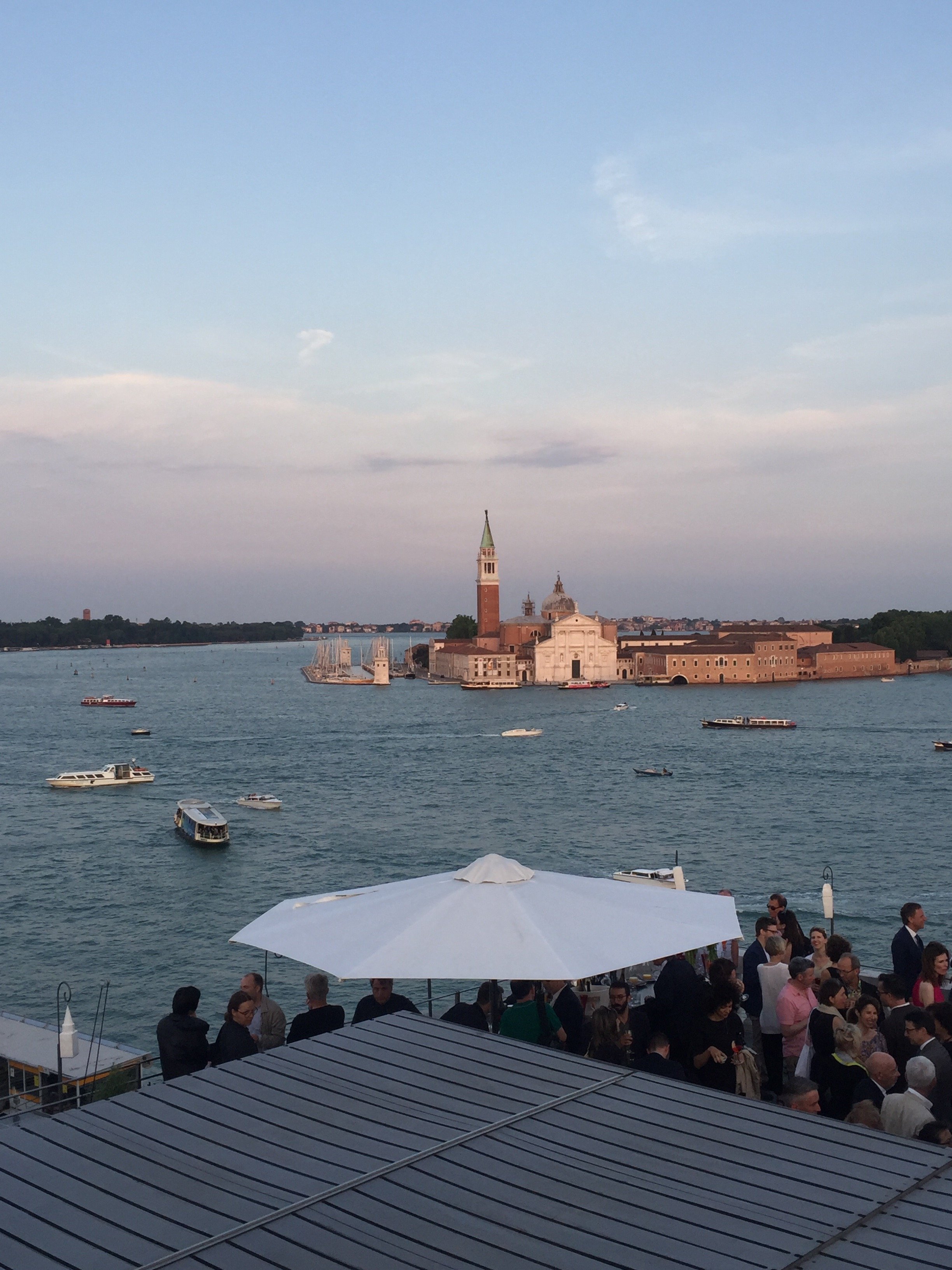 Post- reception, we had dinner on the patio of the hotel with canal view. During dinner I hear suddenly heard loud gasps. I looked to my left and saw a mega cruise ship rolling into the canal. It dwarfed the buildings. I have no words. Perhaps I'm hyper sensitive to these ships as I've seen what they've done to the quality of life for residents of the island of St. Martin/St. Maarten. I strongly believe the cons outweigh the pros.I woke up at the crack of dawn to jog and it was glorious. The city was quiet, with Venetians going to open their shops and getting ready for the new day. There were a few other tourists out jogging and some taking photos. I got lost in the side streets running toward the Rialto bridge. I didn't mind. It's surreal to be in a city where there are no cars, buses, etc. everything is brought in, and leaves, by boat. I understand why this special city has inspired writers, artists, and artisans for generations. It's a damn shame that it's being destroyed.
Post- reception, we had dinner on the patio of the hotel with canal view. During dinner I hear suddenly heard loud gasps. I looked to my left and saw a mega cruise ship rolling into the canal. It dwarfed the buildings. I have no words. Perhaps I'm hyper sensitive to these ships as I've seen what they've done to the quality of life for residents of the island of St. Martin/St. Maarten. I strongly believe the cons outweigh the pros.I woke up at the crack of dawn to jog and it was glorious. The city was quiet, with Venetians going to open their shops and getting ready for the new day. There were a few other tourists out jogging and some taking photos. I got lost in the side streets running toward the Rialto bridge. I didn't mind. It's surreal to be in a city where there are no cars, buses, etc. everything is brought in, and leaves, by boat. I understand why this special city has inspired writers, artists, and artisans for generations. It's a damn shame that it's being destroyed.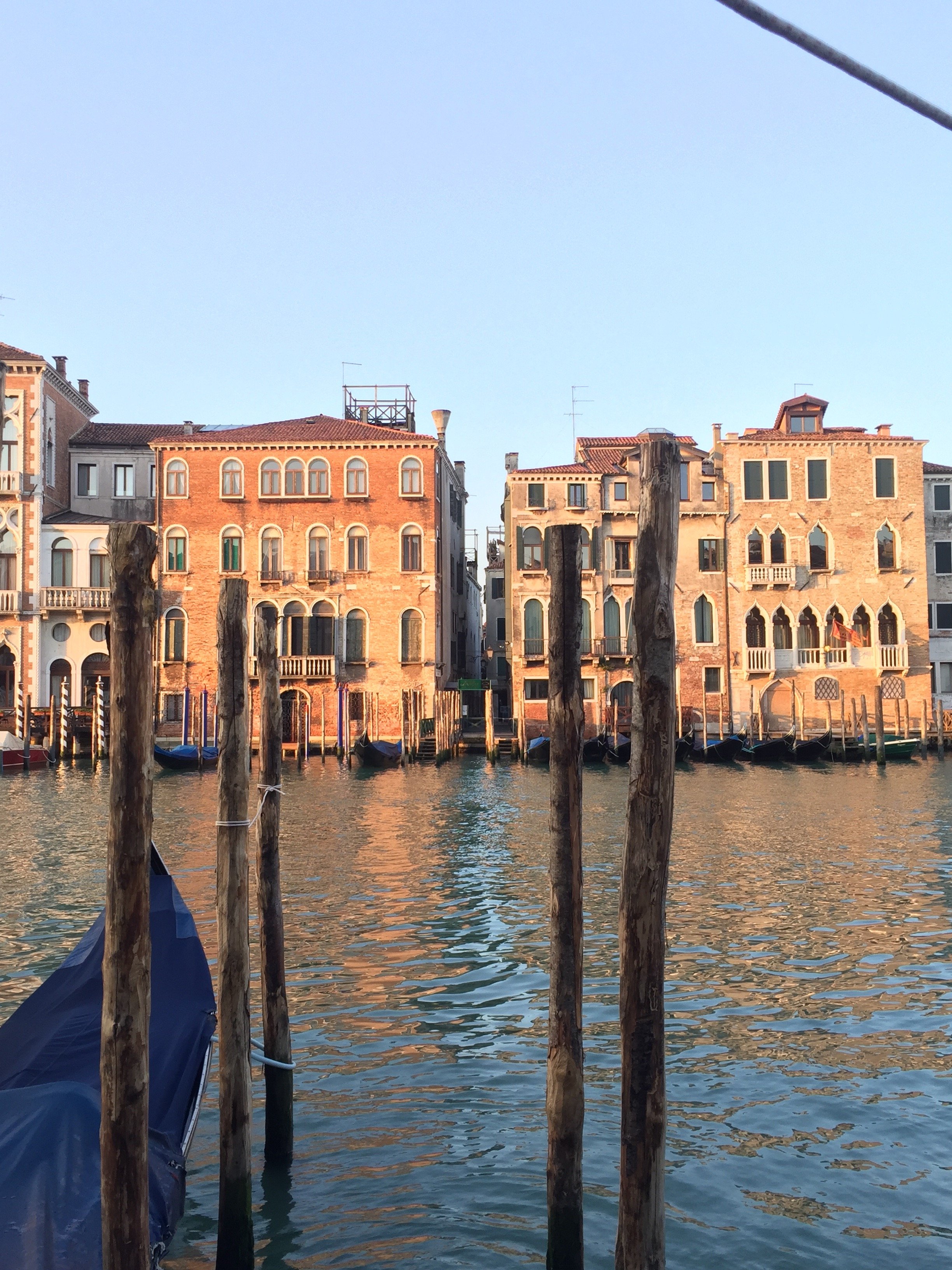
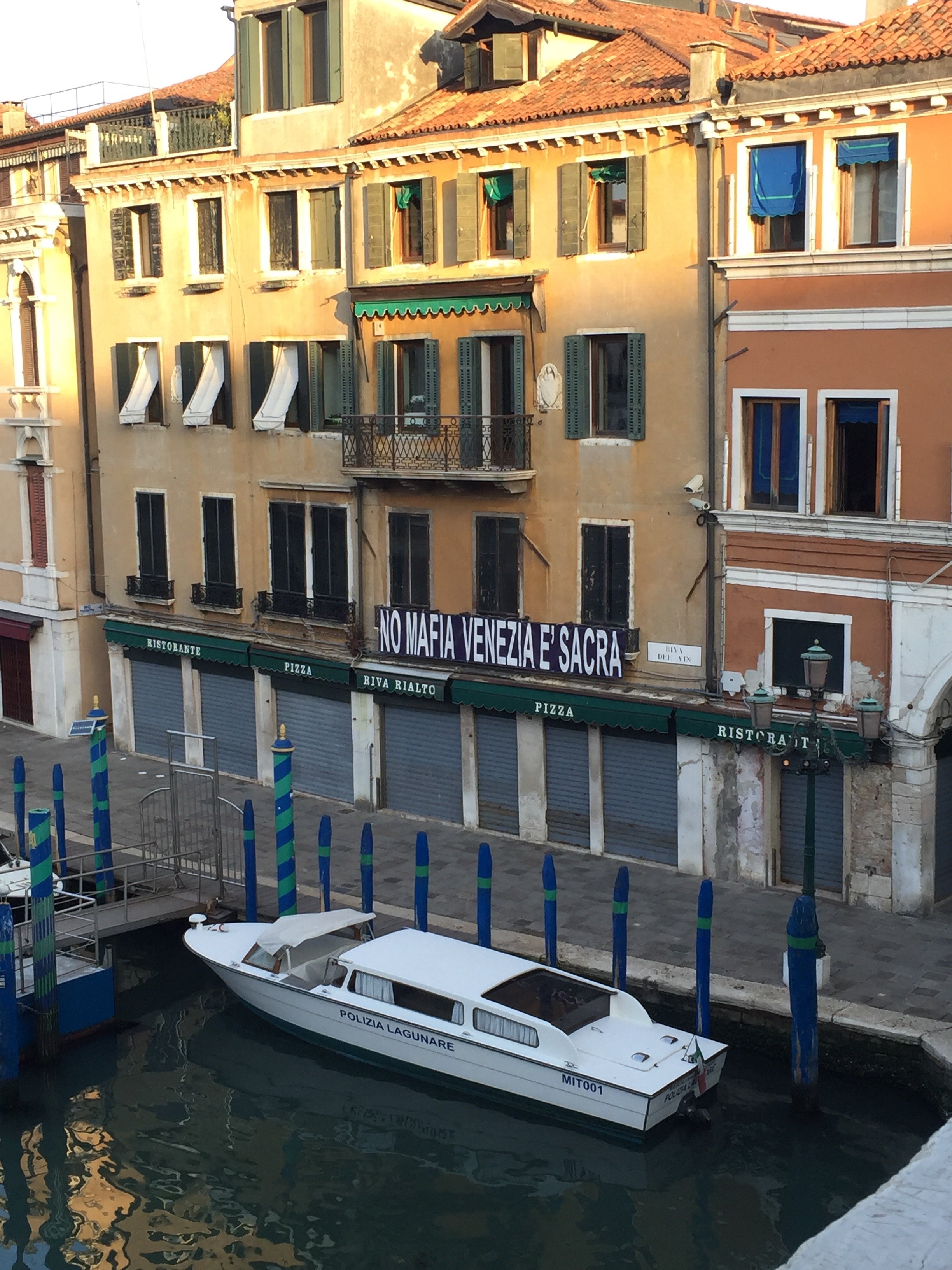
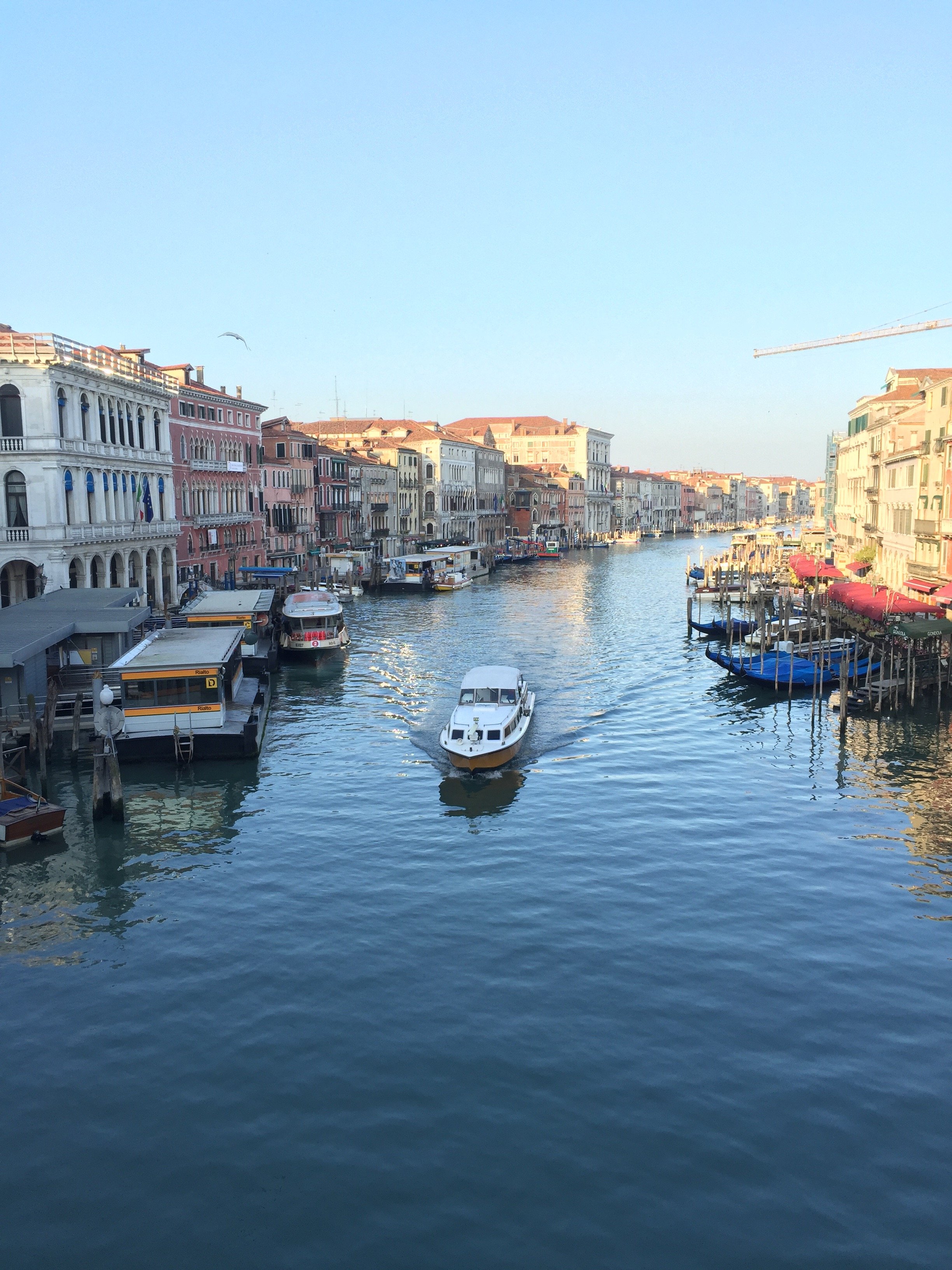 Erica and I had a delicious breakfast on the Bauer's rooftop terrace. We were picked up (on time!) and took a our boat to the Giardini (the gardens) to see more pavilions.
Erica and I had a delicious breakfast on the Bauer's rooftop terrace. We were picked up (on time!) and took a our boat to the Giardini (the gardens) to see more pavilions.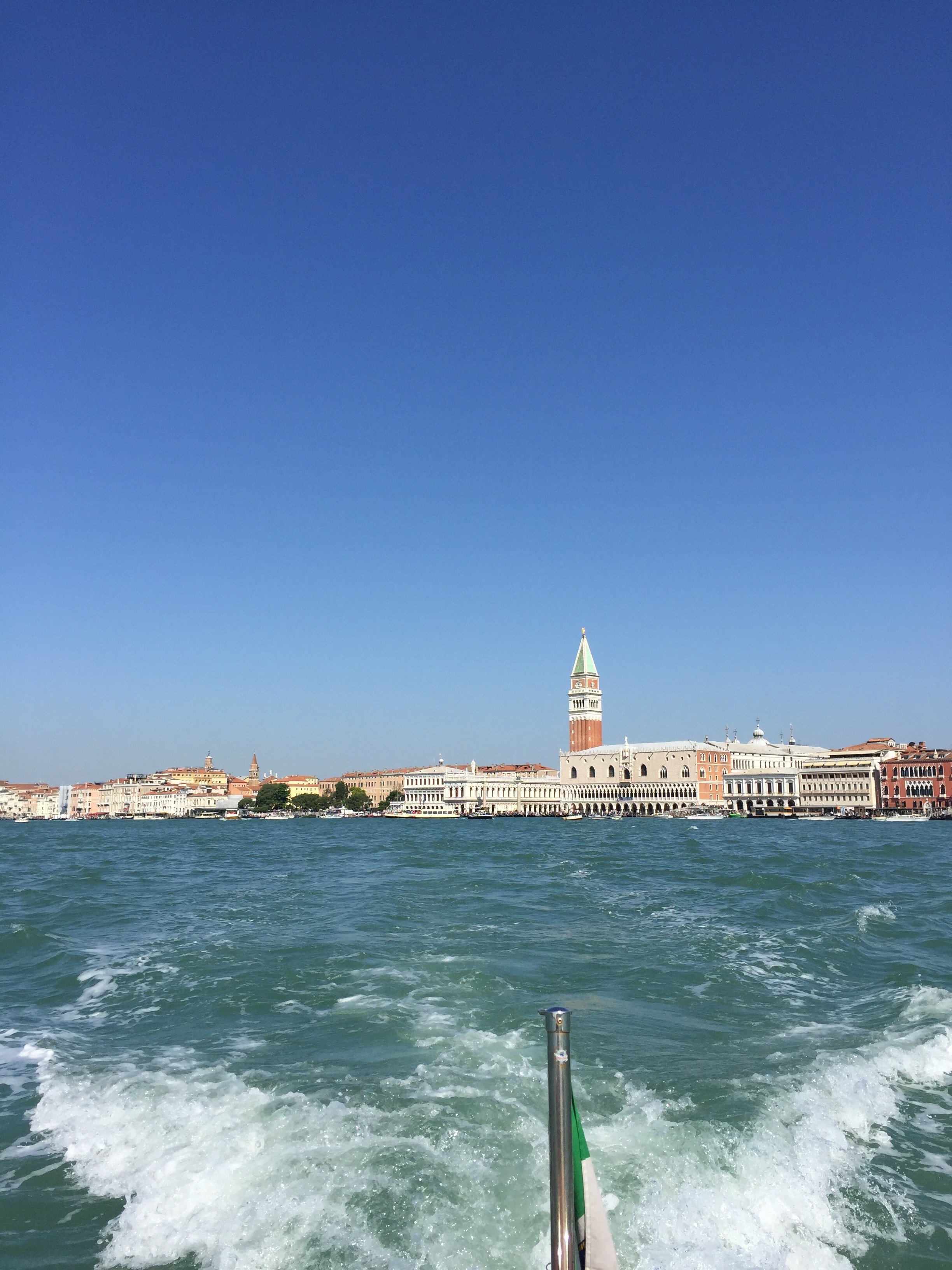
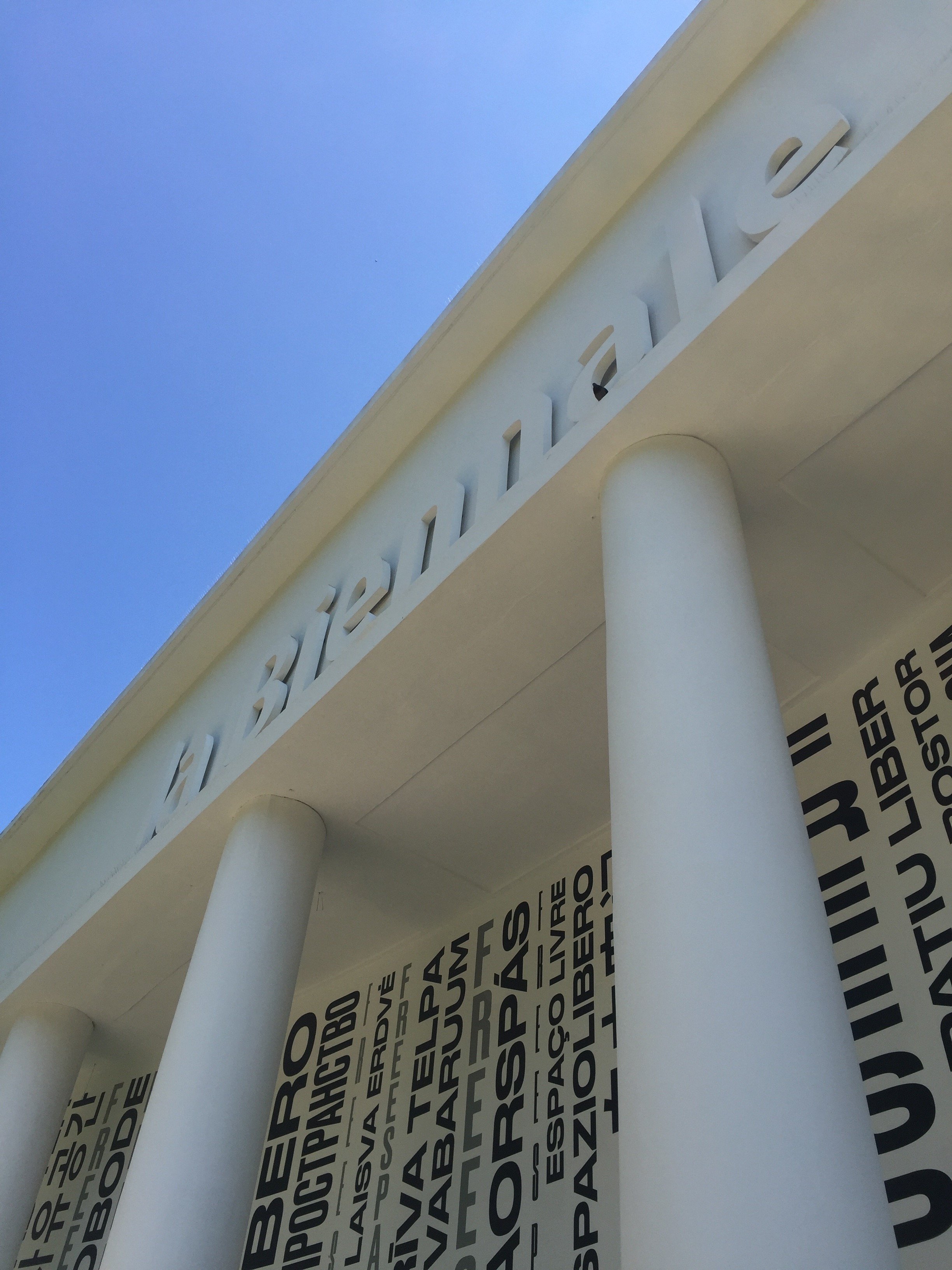
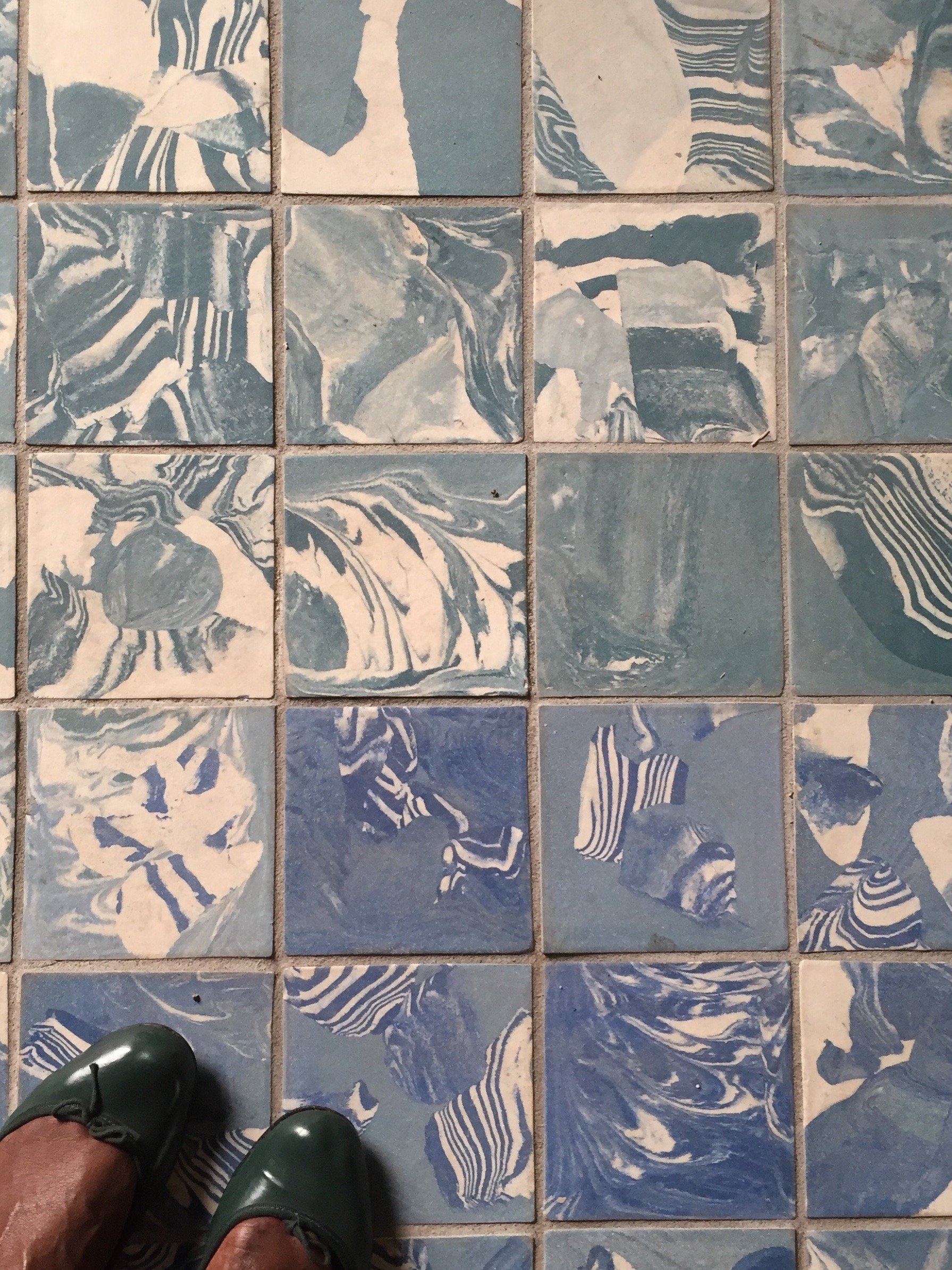 We had a guided tour of the Main Pavilion. I highly recommend checking it out. There was a very interesting scale of the NYC Project, one for a Los Angeles project, and several short films. Then we were on our own to see the rest. I have to say, I was fading fast. There was so much to take in. I missed many pavilions that I wanted to see, like Switzerland, and Antique & Barbuda. There wasn't enough time. Of the ones I made it to, America, Nordic (Finland, Norway, Sweden), Russia, France, were stand outs. I loved the roof top deck of Great Britain and France's wine set-up was very clever.
We had a guided tour of the Main Pavilion. I highly recommend checking it out. There was a very interesting scale of the NYC Project, one for a Los Angeles project, and several short films. Then we were on our own to see the rest. I have to say, I was fading fast. There was so much to take in. I missed many pavilions that I wanted to see, like Switzerland, and Antique & Barbuda. There wasn't enough time. Of the ones I made it to, America, Nordic (Finland, Norway, Sweden), Russia, France, were stand outs. I loved the roof top deck of Great Britain and France's wine set-up was very clever.
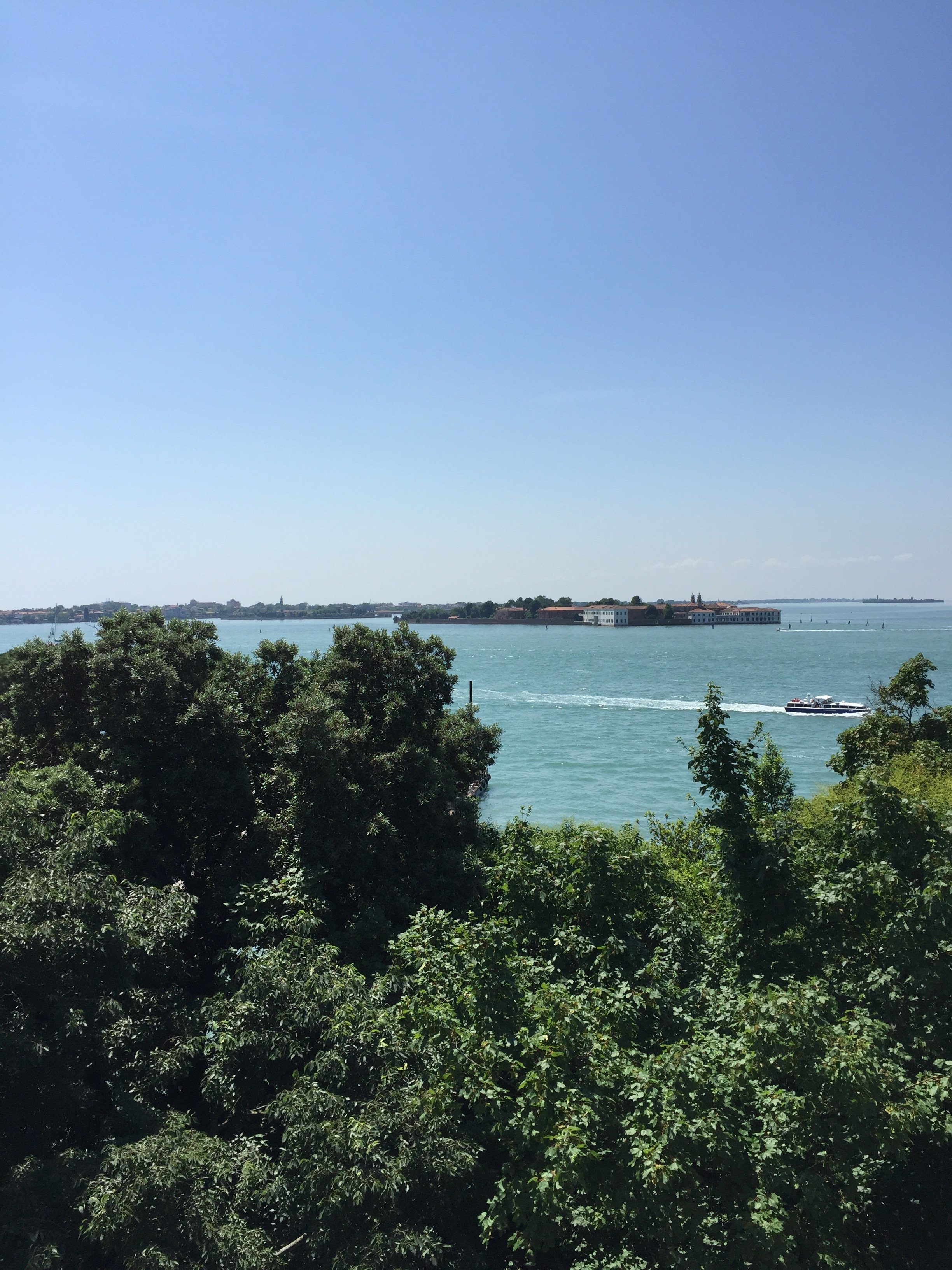
 The Russian theme was about train travel and how the largest country in the world is impacted by it. There are areas that are inaccessible by train and the country spans a few timezones, There was a short film, SEVEN DAYS IN SEVEN MINUTES, regarding a man's 9,300km/5780 miles train journey to Siberia. The Pavilion was transformed into a train station with several multimedia exhibits.The Nordic Pavilion dwelt with climate change. Visually this was one of the most interesting pavilions. The large balloons inflated and deflated depending on changing environmental conditions.The American theme was Dimensions of Citizenship, which really resonated with me. There was a fascinating short film, IN PLAIN SIGHT, that used data from global space sensors showing us how humans have organized our planet. It touched on last year's hurricane season and the difference between Houston's recovering and Puerto Rico's. I was blown away by the places that had large population but no lights, and other spots with a large electrical grid but it was used only for tourists or farming.We ended our trip with an delicious outdoor lunch at Corte Sconta. Corte Sconta means, "hidden courtyard". Our meals were included in the trip so I cannot tell you how the prices were. I get the sense that Corte Sconta was the pricier of the two but it wasn't stuffy.It was hot and walking over ten miles in one day got the best of me. By the time I had to meet our group, I was completely exhausted not really physically but it was information overload. It was a lot to process.It's an incredible experience and it was unique to have these conversations in a city like Venice. I was inspired by the architects and designers I met, the Pavilions, and of course the city itself. Grazie mille, Erica.To see more photos and videos from our short trip, I've saved them in my Instastories.The 16th International Architecture Exhibition runs until November 25th, 2018.
The Russian theme was about train travel and how the largest country in the world is impacted by it. There are areas that are inaccessible by train and the country spans a few timezones, There was a short film, SEVEN DAYS IN SEVEN MINUTES, regarding a man's 9,300km/5780 miles train journey to Siberia. The Pavilion was transformed into a train station with several multimedia exhibits.The Nordic Pavilion dwelt with climate change. Visually this was one of the most interesting pavilions. The large balloons inflated and deflated depending on changing environmental conditions.The American theme was Dimensions of Citizenship, which really resonated with me. There was a fascinating short film, IN PLAIN SIGHT, that used data from global space sensors showing us how humans have organized our planet. It touched on last year's hurricane season and the difference between Houston's recovering and Puerto Rico's. I was blown away by the places that had large population but no lights, and other spots with a large electrical grid but it was used only for tourists or farming.We ended our trip with an delicious outdoor lunch at Corte Sconta. Corte Sconta means, "hidden courtyard". Our meals were included in the trip so I cannot tell you how the prices were. I get the sense that Corte Sconta was the pricier of the two but it wasn't stuffy.It was hot and walking over ten miles in one day got the best of me. By the time I had to meet our group, I was completely exhausted not really physically but it was information overload. It was a lot to process.It's an incredible experience and it was unique to have these conversations in a city like Venice. I was inspired by the architects and designers I met, the Pavilions, and of course the city itself. Grazie mille, Erica.To see more photos and videos from our short trip, I've saved them in my Instastories.The 16th International Architecture Exhibition runs until November 25th, 2018.
